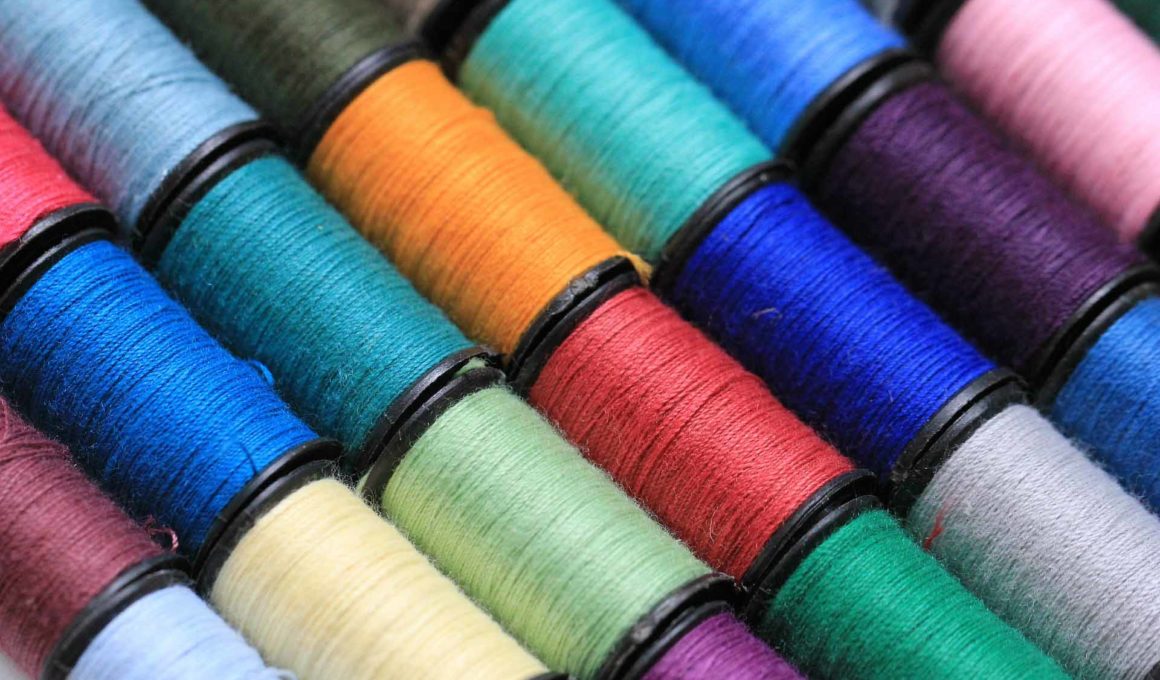Table of Contents
Having a basic stock of embroidery floss and polyester sewing thread on hand is helpful. So you don’t have to run to a store every time you change the felt color. To sew the felt together, you will tend to coordinate your yarn with the felt color.
If you can’t find a match in colors, choose a thread color one shade darker than your felt. You can also try a contrasting shade of color to make the stitch stand out.
Needlework floss, often known as spun cotton, is the most preferred thread for hand embroidery. For a high-shine embroidery pattern, use silk thread. You can use wool embroidery threads if you want a more precise outcome when sewing. Perle cotton, which has a much more textured look than embroidery thread, is another alternative.
See Also: Felt Crafts for Beginners – The Complete Guide
Embroidery floss, also known as braided cotton, is widely used, especially for felt applique and hand sewing felt. Embroidery floss is inexpensive and comes in a wide variety of colors. Embroidery floss consists of 6 separate threads of yarn twisted into a thick thread.
After cutting it to the desired length, you can use it by separating 1, 2, or 3 strands from the bundle. Of course, depending on your project, it is a matter of personal preference. For a stronger hold, visible stitching, or filling in details, use a thicker thread.
Handmade plush toys, buttons, beads, and small parts in toys for children should not be sewn together with embroidery floss. They can be separated much more efficiently since they are sewn with polyester thread.
What Thread Is the Best To Work In Felt Sewing?
For hand sewing or appliqué wool felt, cotton embroidery floss is most usually used. It’s flexible, soft, and fade resistant, and it comes in many colors! It’s also inexpensive. Each skein has six easily split threads, which you can use two or three times depending on your project.
For blanket sewing appliqué, you will need a length of thread about four times the area you will sew. Long working teeth can be bulky, curled, and knotted.
See Also: Which Thread Is Best for Sewing Felt
Choosing the thread color for your project also depends a bit on the effect you want. Choose a slightly darker color than an exact match if you want your yarn to blend with your felt. Using contrasting thread colors to give attention and depth to your creation may be very effective.
Felt Sewing Thread for Hand Sewing
When sewing felt by hand, use reinforced polyester thread, Perle cotton, or embroidery floss for a decorative finish.
Hand sewing felt, especially for felt appliqué, is most typically done with embroidery floss. It’s affordable and comes in several colors. Embroidery floss consists of 6 separate threads of yarn twisted into a thick thread. After cutting to the desired length, I recommend separating 1, 2, or 3 strands from the bundle.
For a stronger hold, visible stitching, or filling in details, use a thicker thread. But it is a personal preference depending on your project. Handmade plush toys, buttons, beads, and small parts in toys for children should not be sewn together with embroidery floss. They can be separated much more efficiently since they are sewn with polyester thread.
Variegated floss is an embroidery thread that changes color and tone as you weave it, giving your work a unique ambiance. Silk, linen, lurex, metallic, and even glow-in-the-dark embroidery threads are all available. They are dyed with different color variations. When used with care, variegated yarns can have a pleasing effect on a simple felting project.
Perle cotton is an S-twist cotton embroidery thread that has been mercerized, treated to increase strength and add some shine. Perle cotton is inseparable and extra soft and shiny compared to embroidery floss, hence “Pearl.”
Perle cotton comes in a ball or hank and is available in different sizes and thicknesses. You can choose size 8 for felt handicrafts. The greater the number, the finer the Perle cotton floss.
For edging, buttons, beads on handmade toys, and small parts in toys for children, you should choose the same type of polyester sewing thread that you use for machine sewing. These threads are solid and reliable. They are ideal for reinforcement seams and straight seams on the edges.
Which Thread to Use for Felt Stitch with a Sewing Machine?
For the sewing machine, I recommend all-purpose polyester or cotton thread. Quilting yarn can also be used. However, you won’t need a particular thread; ordinary sewing thread will suffice.
Wool felt or predominantly wool blend should be sewn using preferably cotton thread. Polyester and polyester-rich blends and other synthetics should preferably be sewn using polyester thread.
While not embroidery thread, consider using the same polyester sewing thread as you would use for machine sewing, edging handmade toys, buttons, beads, and small items on toys for toddlers. These threads are solid and reliable. They are ideal for reinforcement seams and straight seams on the edges.












